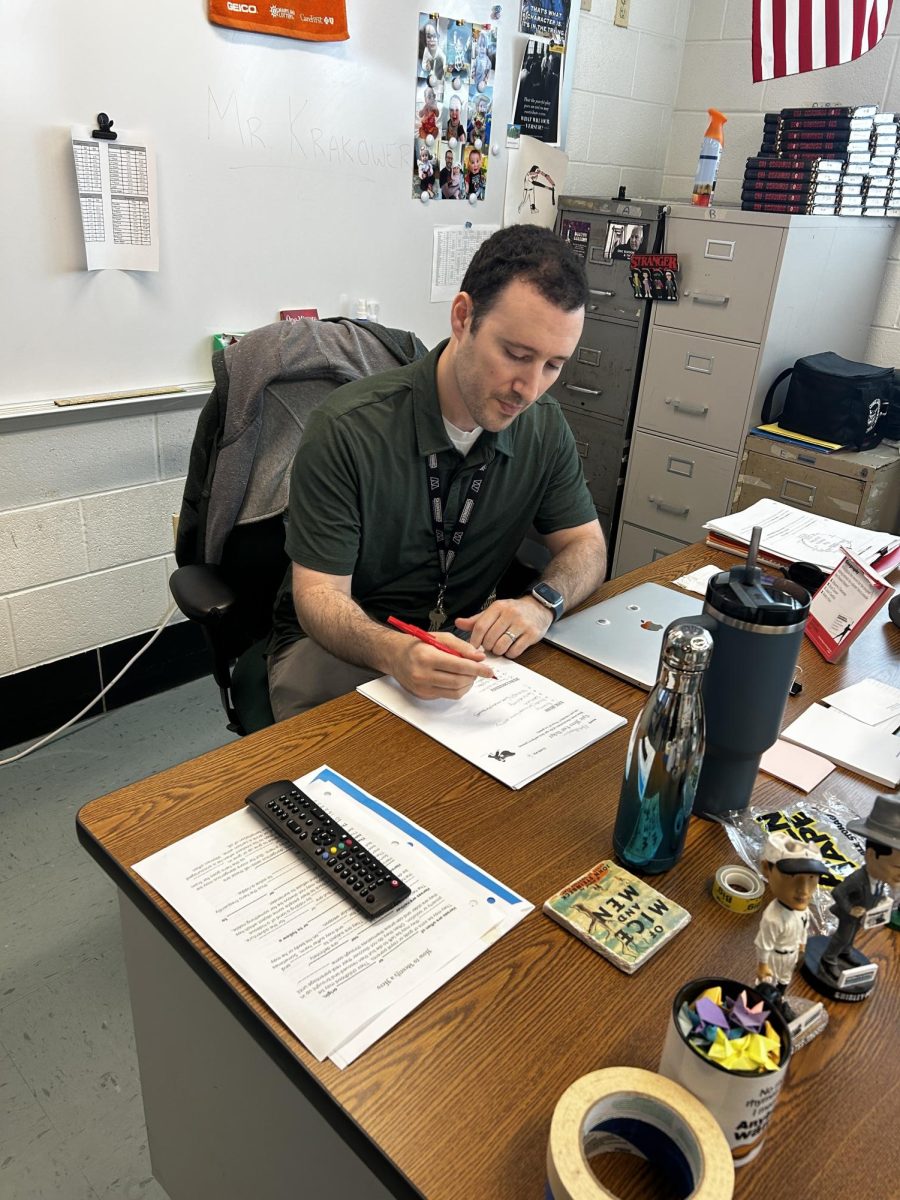
Over the past few years, there has been a noticeable shift in focus towards mental health and wellbeing at WJ and many schools across the county. These issues have come to the forefront of school initiatives following the Covid pandemic, which shed light on the rise in need for mental health support among students. The addition of a school social worker as well as a Wellness Center are among new add-ons at WJ in an effort to provide adequate mental health resources to its students. While growth in the area of mental health has found success, the realm of physical health has been largely neglected and has remained unchanged for decades. Nationwide obesity rates have increased over the past 30 years, and primary and secondary schools need to hold up their end of the bargain to alleviate this issue.
One area where this change can happen is in the health curriculum. Historically, the MCPS health curriculum has long placed its focus on sex education, substance use, and more recently, mental health. Consequently, the unit of healthy eating and nutrition is often glossed over and oversimplified. At some point in our MCPS health education experience, we have all seen the multi-colored plate divided into four sections with fruits, vegetables, grains and protein and a circle for dairy on the side. This model was designed to lay the blueprint for the elusive “balanced diet.” The problem is, this simple plate is symbolic of the extent of education on nutrition. With the introduction of artificial sweeteners, synthetic food dyes, plant-based meats and a growing number of ultra-processed foods, outdated models like the “MyPlate” aren’t enough to thoroughly convey the complicated nature of nutritional information. Understanding nutrition and having the ability to make healthy food choices is paramount to not only physical health, but also mental health.
Health class isn’t the only area where we can make improvements on the promotion of better physical health. In a way, it is counterintuitive to stress the importance of maintaining steady mental health while having vending machines scattered throughout the school that are filled with ultra-processed foods. In a school full of athletes and students who participate in other after school activities, sometimes a bag of Skittles from the vending machine is the most convenient option before heading to practice after school. But sugar, corn syrup and hydrogenated palm kernel oil just won’t do the job when it comes to optimal performance in physical or mental activity.
Making changes in the food that schools provide is easier said than done, but one area where simple changes can be made is in the classroom setting. Support of mental and physical health doesn’t always have to come with large sweeping policy changes. Teachers can implement practices as easy as letting their students stand up and stretch out for a couple minutes during class before getting back to instruction. I know a few of my own teachers who would strongly object to this idea, with the concern in mind of covering the entire curriculum in a timely manner. But a hidden benefit in these brain breaks is that they can lead to students being more active in discussion and attentive to lectures. Any sort of quick pause from the dullness of every-day lecture and discussion is likely to have a positive effect on students’ attitudes towards learning.
In recent years, schools across the county have built upon the resources they once lacked to assist students in their battles with mental health. But until we can give similar attention to the advancement of physical health in concert with mental health, there will always be a missing link in schools’ efforts to advance the health and wellbeing of its students. More change can be made, and in some instances, those changes may be more easily attainable than we think.














